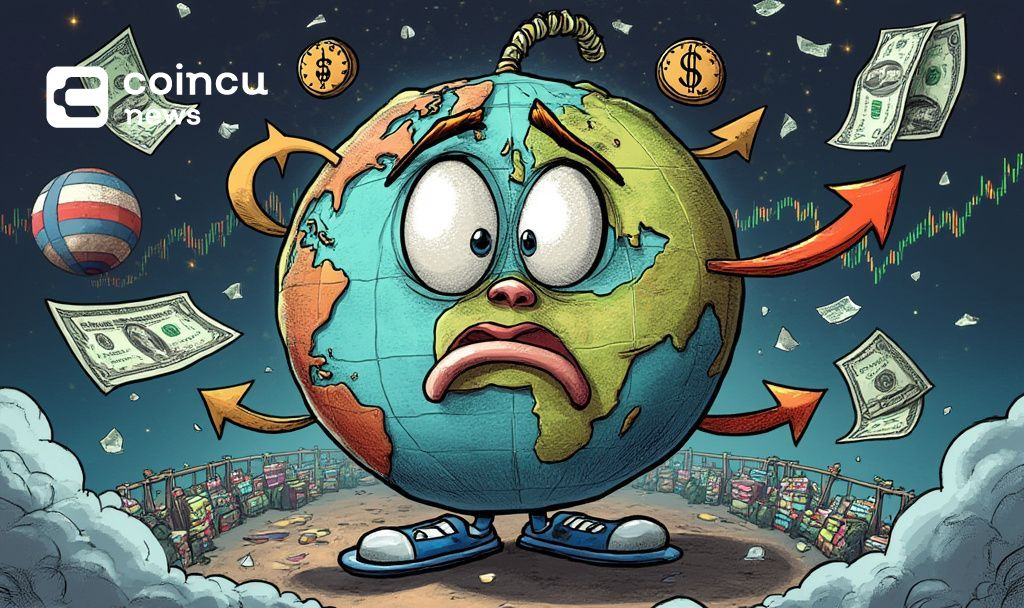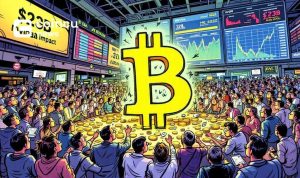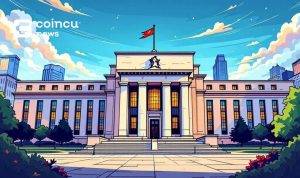Kashkari: Rising U.S. Treasury Yields Reflect Changing Global Investor Preferences
- Economic pressures prompt investor shifts amid U.S. trade tensions.
- Kashkari links falling dollar to changing investment patterns.
- Treasury yields rise during fluctuating investor confidence periods.

On April 11, 2025, Neel Kashkari of the Federal Reserve commented on market shifts linked to U.S. trade tensions. He noted a depreciation of the U.S. dollar and rising Treasury yields as evidence of evolving global investor preferences. Kashkari’s analysis suggests a marked shift in attitudes toward U.S. assets as tariffs and trade policies intensify.
Kashkari Highlights Unusual Rise in Treasury Yields Despite Weak Dollar
Neel Kashkari’s recent remarks highlight increased Treasury yields despite a depreciating U.S. dollar. He attributes this atypical trend to changing global investor confidence in the United States’ economic stability. Typically, tariffs lead to a stronger dollar, but current patterns suggest broader economic concerns. This ongoing shift sees investors moving away from U.S. assets due to rising trade tensions and decreased perceptions of the U.S. as a safe investment haven. Kashkari’s observations underscore the financial impact of recent market dynamics. Major financial markets are reacting to these shifts, as seen with increased volatility in U.S. Treasury notes, supported by Kashkari’s insights. Neel Kashkari stated, “Typically, when tariffs increase, the dollar strengthens; the current scenario, however, indicates changing investor confidence.”
Historical Insights Reveal Shifts in Investor Behavior Amid Tensions
Did you know?
In past conflicts, such as the U.S.-China trade tensions of 2018, the U.S. dollar often appreciated as a safe haven despite market volatility.
Historically, U.S. Treasury assets attracted global capital during uncertain periods. Present circumstances, however, reveal a crisis of confidence triggered by immediate geopolitical tensions. The decline in the dollar signals investor diversification away from the U.S., as the historical precedence of tariff impacts may not always hold amid global pressures. Kashkari’s insights into Treasury trends emphasize the crucial role of investor confidence in shaping market behavior. While Treasury yields reflect these shifts, their future will likely depend on sustained macroeconomic stability under fluctuating trade policies.























